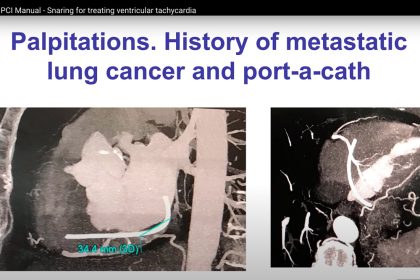Port A Cath Community and Discussion Forum

Cancer Community Forum
Navigating a cancer diagnosis can be overwhelming and isolating, but finding support in a community of individuals who share similar experiences can be beneficial for emotional and mental well-being. Come join the discussions and connecting with others who may have similar concerns.

What is A Port Catheter?
So what exactly is a port catheter and why is it being recommended? In this detailed article we will explain the purpose of a port catheter, what to expect during the insertion process, and other factors to consider before making a decision about whether or not it is right for you.

Latest News & Research
Find Latest News in Cancer Research and How They Benefit Patients and Caregivers. Here you will find latest medical studies and research, their implications for patients, as well as identify new areas of future opportunities and possible risks associate with it.
Latest News & Research
The Latest Scientific Discovery & Research to Help Cancer Patients and Their Loved Ones.
Homeopathic Medicines Found to be Beneficial for Cancer Treatment Adverse Effects
Homeopathic medicines for adverse effects of cancer treatments Cancer treatment is an…
New Research Shows Potential Benefits of Medical Cannabis for Pain Management in Cancer Patients
Medical Cannabis Providing Effective Relief for Cancer Patients Cancer unfortunately affects many…
Research and Innovation
Stories about people, research and innovation.
New Treatment Options Sparing Cancer Patients from Chemotherapy
Targeted Therapy and Immunotherapy Giving Hope to Cancer Patients With the continued advancement in medical technology, cancer patients are being…
Subscribe To Our Newsletter
Join our mailing list today and never miss out on the latest news and updates. By signing up for our newsletter, you will receive exclusive and valuable content straight to your inbox.
For the Cancer Community – The Latest News Update to Support Those Affected by Cancer.
5 Ways to Sleep Better When You Have a Chemo Port
It can be tricky to sleep with a chemo port on your body, here are some tips to help you.…
New Research Shows Potential Benefits of Medical Cannabis for Pain Management in Cancer Patients
Medical Cannabis Providing Effective Relief for Cancer Patients Cancer unfortunately affects many lives and the reality is, even in end-stage…
Rotary Club of Americus Helps With Local Chemoport Pillow Distribution
The Rotary Club of Americus, Georgia received a district grant to fund the manufacturing and distribution of chemo-port pillows The…
Doctor Successfully Removing Pieces of Port-A-Cath From Heart
Treating Ventricular Tachycardia A patient with history of metastatic lung cancer and prior port-a-cath insertion presented with palpitations and chest…














